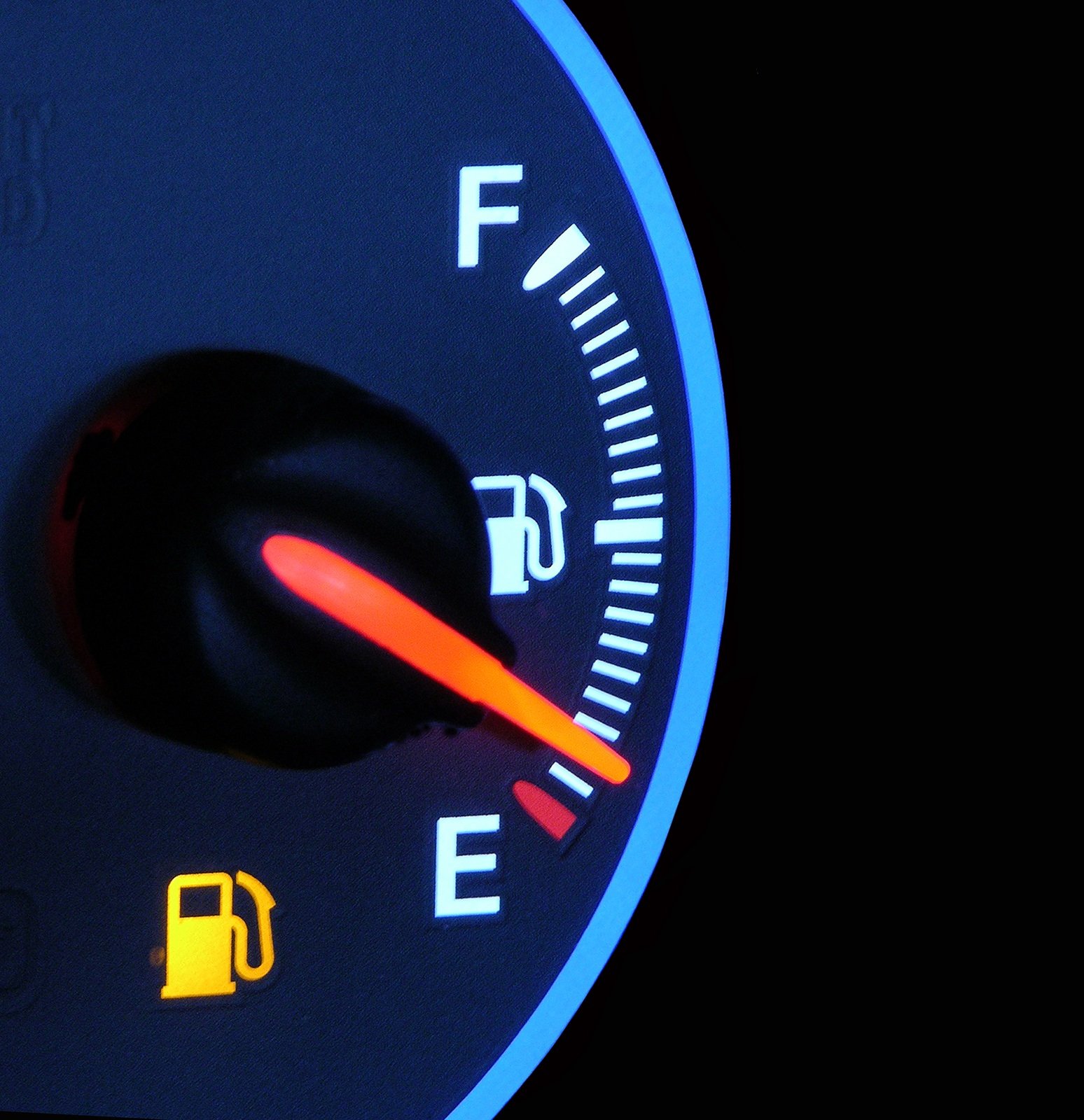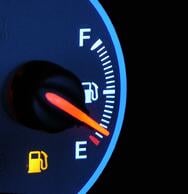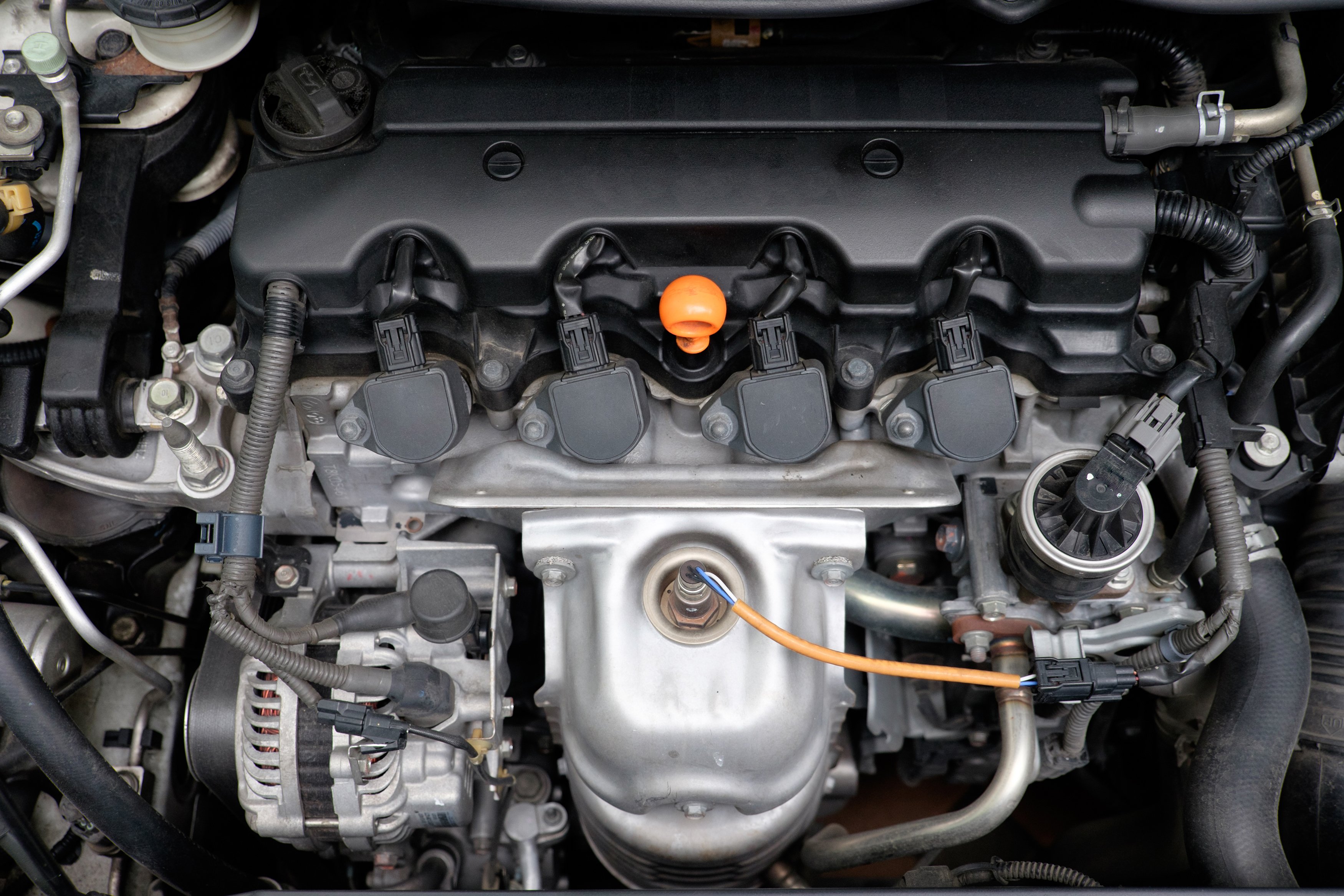Calculating Fuel Mileage
Gas prices are up again, which means it’s time to revisit the conversation about how much it’s costing us as individuals to drive. Cars typically...

Most simply, fuel mileage is determined by dividing the number of miles you have traveled by the number of gallons of fuel consumed. But in the real world, achieving an accurate figure means there are some factors you have to account for that many people don’t think of. What is the best way to check gas mileage? Many drivers rely on their vehicle on-board computer to do the work for them. Onboard computers that calculate fuel mileage are not accurate because they do averages and adjust over long distances. The most accurate way to determine your fuel mileage is for you to do the math yourself.
 Driving habits - city verses open road driving, outside air temperature, use of air conditioning, wind speed and the percentage of ethanol in your fuel - will all affect what your fuel mileage will ultimately be. Ethanol concentrations can fluctuate from one station to another, bringing a negative effect on fuel mileage that increases as the percentage of ethanol increases. The higher the ethanol concentration, the lower your fuel mileage will be. How can you control this? To a certain extent, you can’t really control it, because the ethanol concentration is administered by the delivery trucks and fuel terminals. But you should get your fuel from the same station throughout whatever trial period you’re testing, to lessen the risk of ethanol changes affecting your results.
Driving habits - city verses open road driving, outside air temperature, use of air conditioning, wind speed and the percentage of ethanol in your fuel - will all affect what your fuel mileage will ultimately be. Ethanol concentrations can fluctuate from one station to another, bringing a negative effect on fuel mileage that increases as the percentage of ethanol increases. The higher the ethanol concentration, the lower your fuel mileage will be. How can you control this? To a certain extent, you can’t really control it, because the ethanol concentration is administered by the delivery trucks and fuel terminals. But you should get your fuel from the same station throughout whatever trial period you’re testing, to lessen the risk of ethanol changes affecting your results.
There are two aspects of performance that drivers are interested in: what their vehicle is capable of doing (given the circumstances) and what the same vehicle is actually doing. To determine what your vehicle is capable of achieving, you can perform this test by doing open road driving where you can drive your vehicle at a constant speed. Use the fuel recommended for your vehicle (premium verses regular). Start by recording your mileage as seen on the odometer or set your trip meter. Fill your fuel tank to the top of the filler neck. Keep the windows rolled up and, if your vehicle is equipped with air conditioning, keep the fan speed on slow speed. This will limit the amount of time the compressor is engaged. The ideal driving distance for this kind of test is between 30 to 50 miles.
If your vehicle has cruise control, set it for 55 or 60 mph and try not to change it or touch the accelerator for the full length of your test. When you decide you want to end your test, pull off the highway where you can go directly to a service station and once again fill the fuel tank to the top of the filler neck. The amount of fuel added at this point equals the amount of fuel you burned during the first part of the test. At this point divide the number of miles driven by the number of gallons consumed. This will be a pretty accurate measure of what your vehicle is capable of getting.
To determine the fuel mileage you are actually getting, note and record your odometer reading or set your trip meter. Fill the fuel tank to the top of the filler neck at the beginning and end of this test. Ignore the suggestions listed above and, instead, drive 30 to 50 miles doing everything the way you normally do. By doing the math at the end of the test it will give you a good idea of what fuel mileage you achieve during day-to-day driving.

Gas prices are up again, which means it’s time to revisit the conversation about how much it’s costing us as individuals to drive. Cars typically...

1 min read
National Car Care Month is coming to a close and we hope you enjoyed our first blog post of the month, discussing the top ten car care tips to get...

Within the United States, it is nearly impossible to buy gasoline that does not have 10 percent ethanol added to the blend.